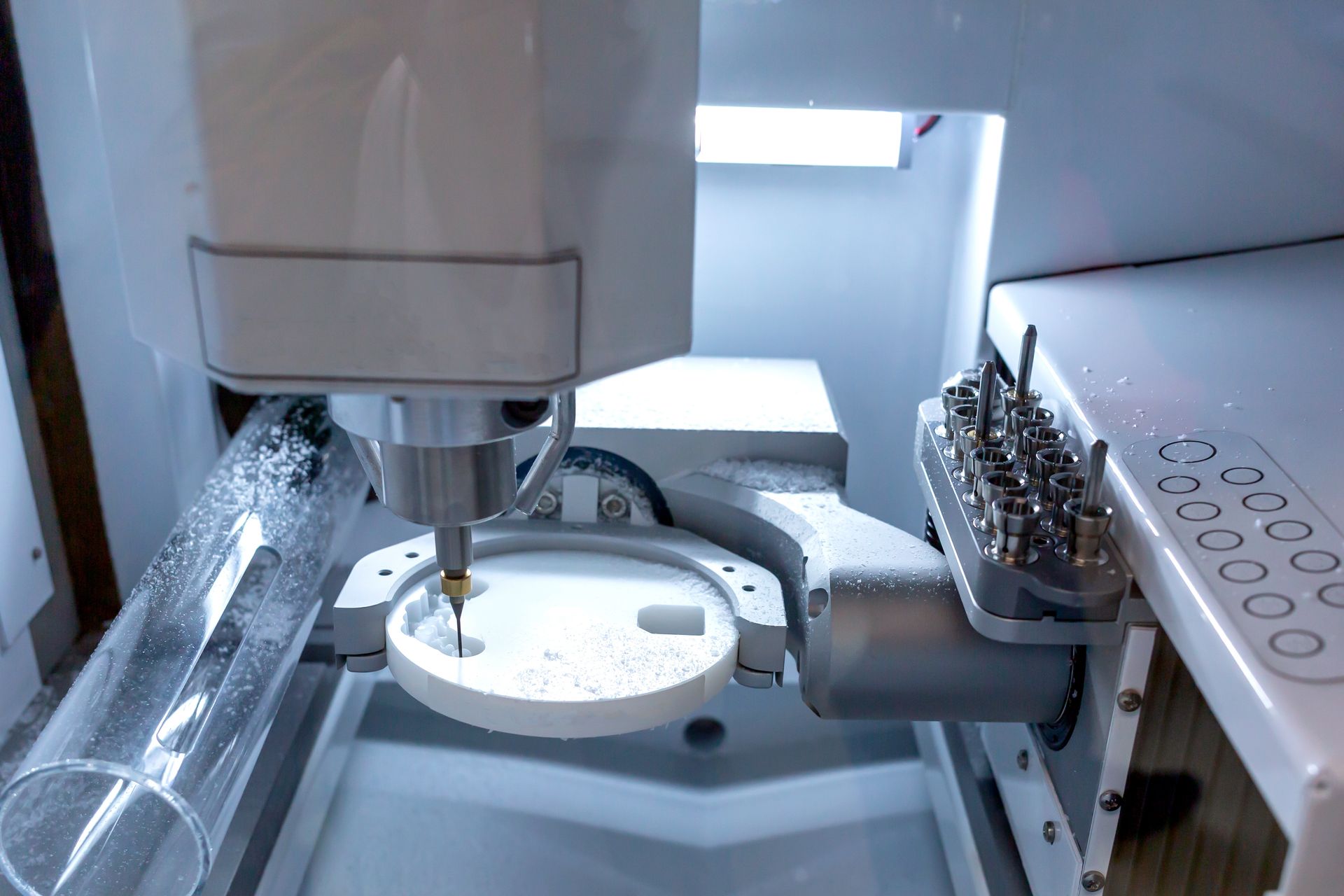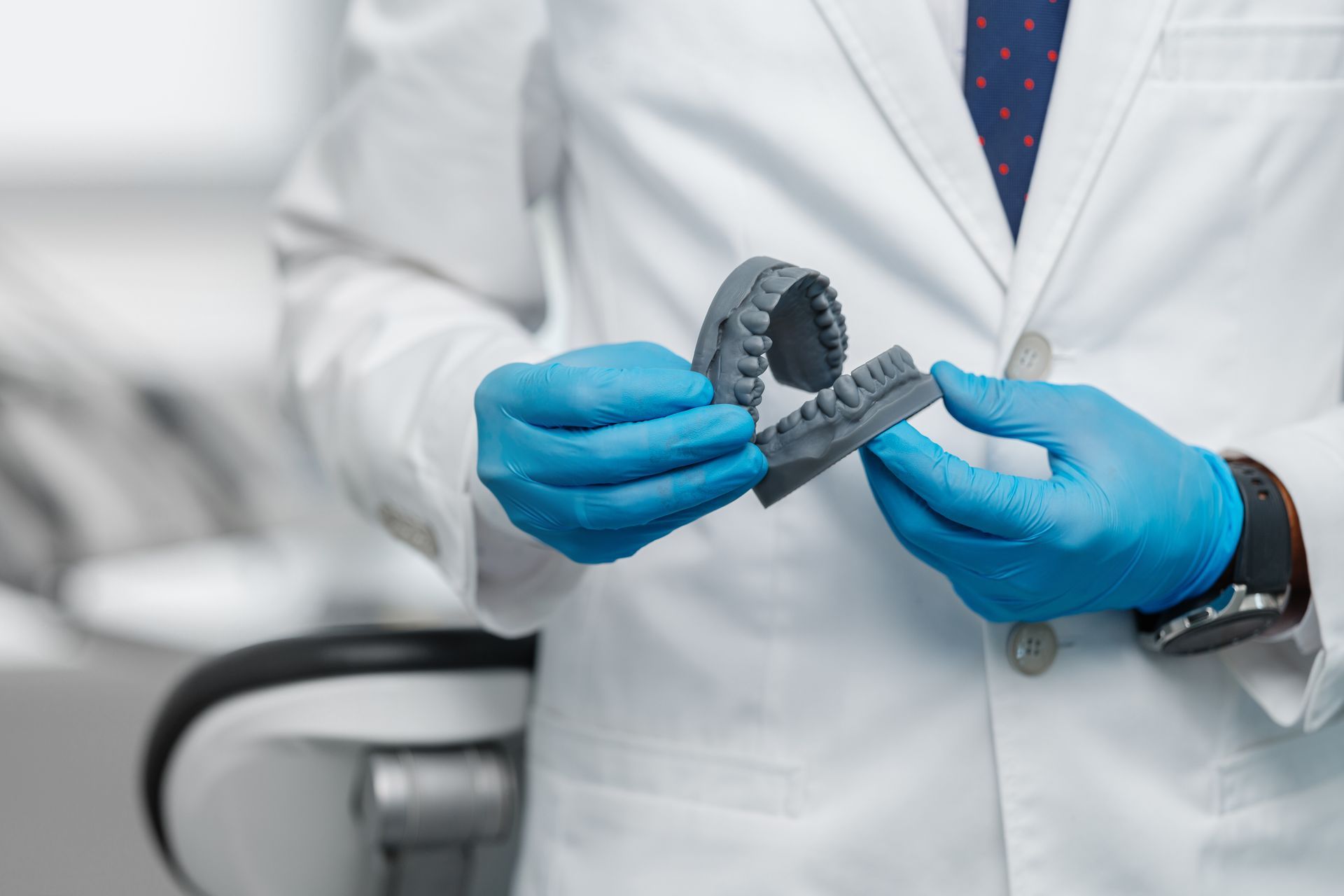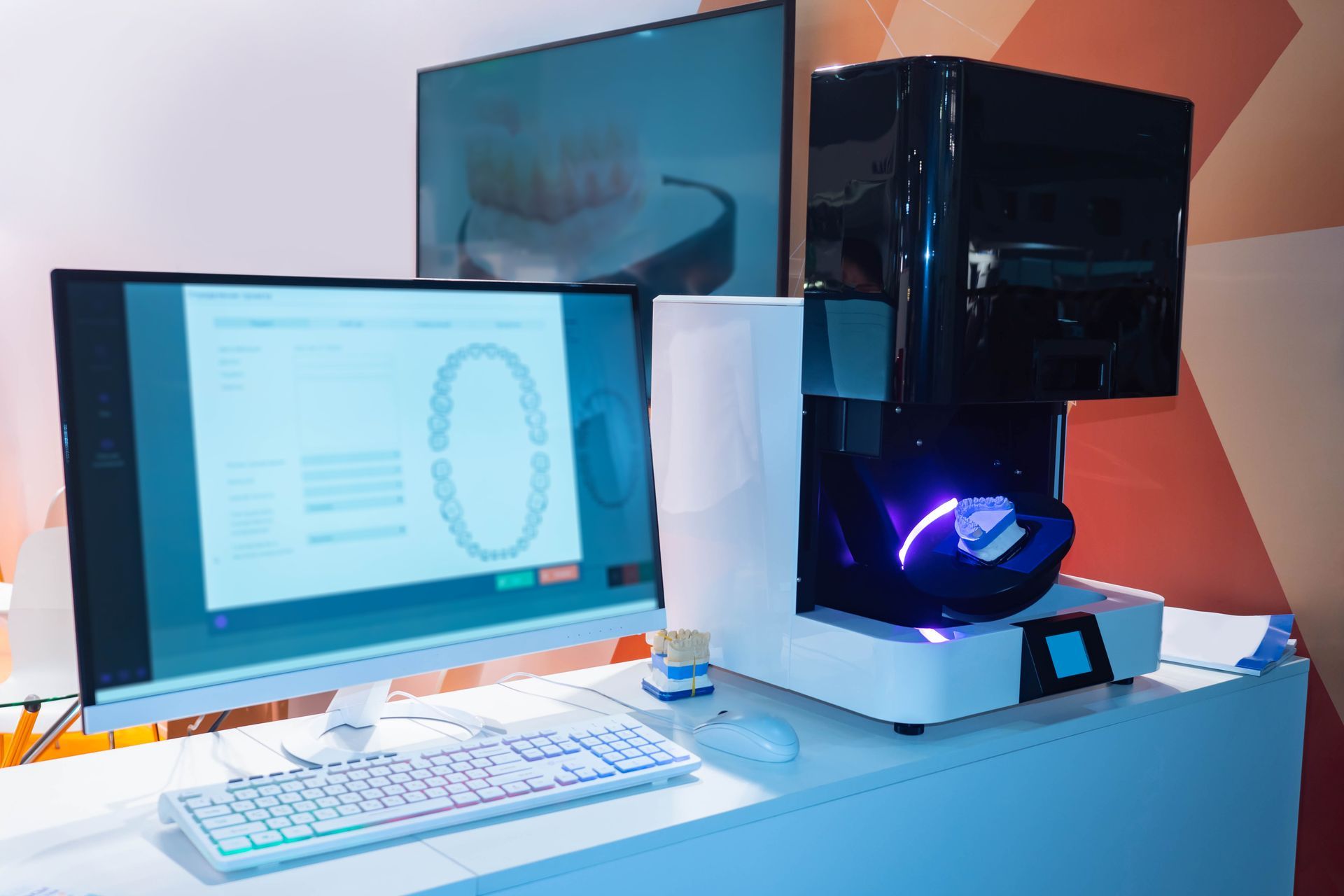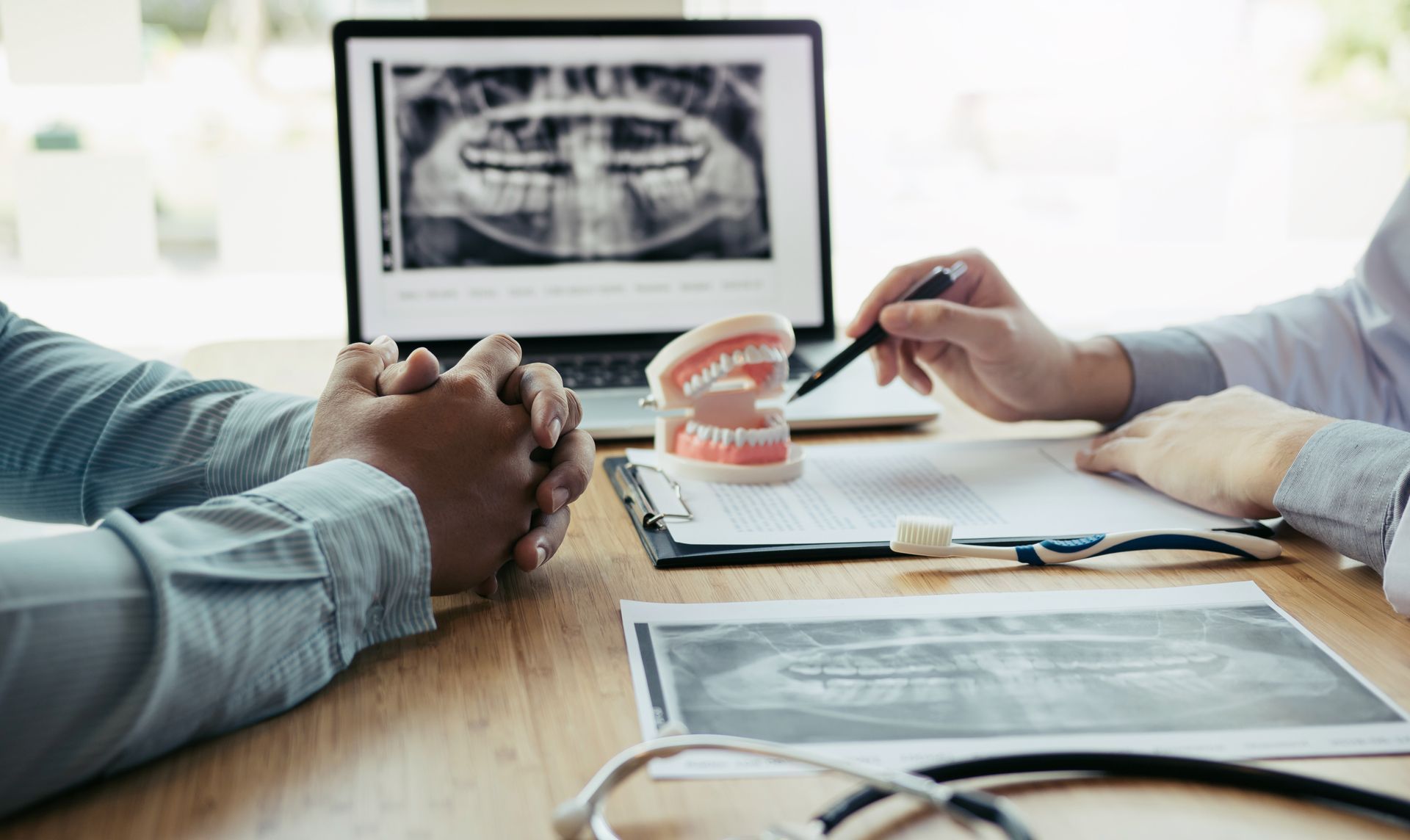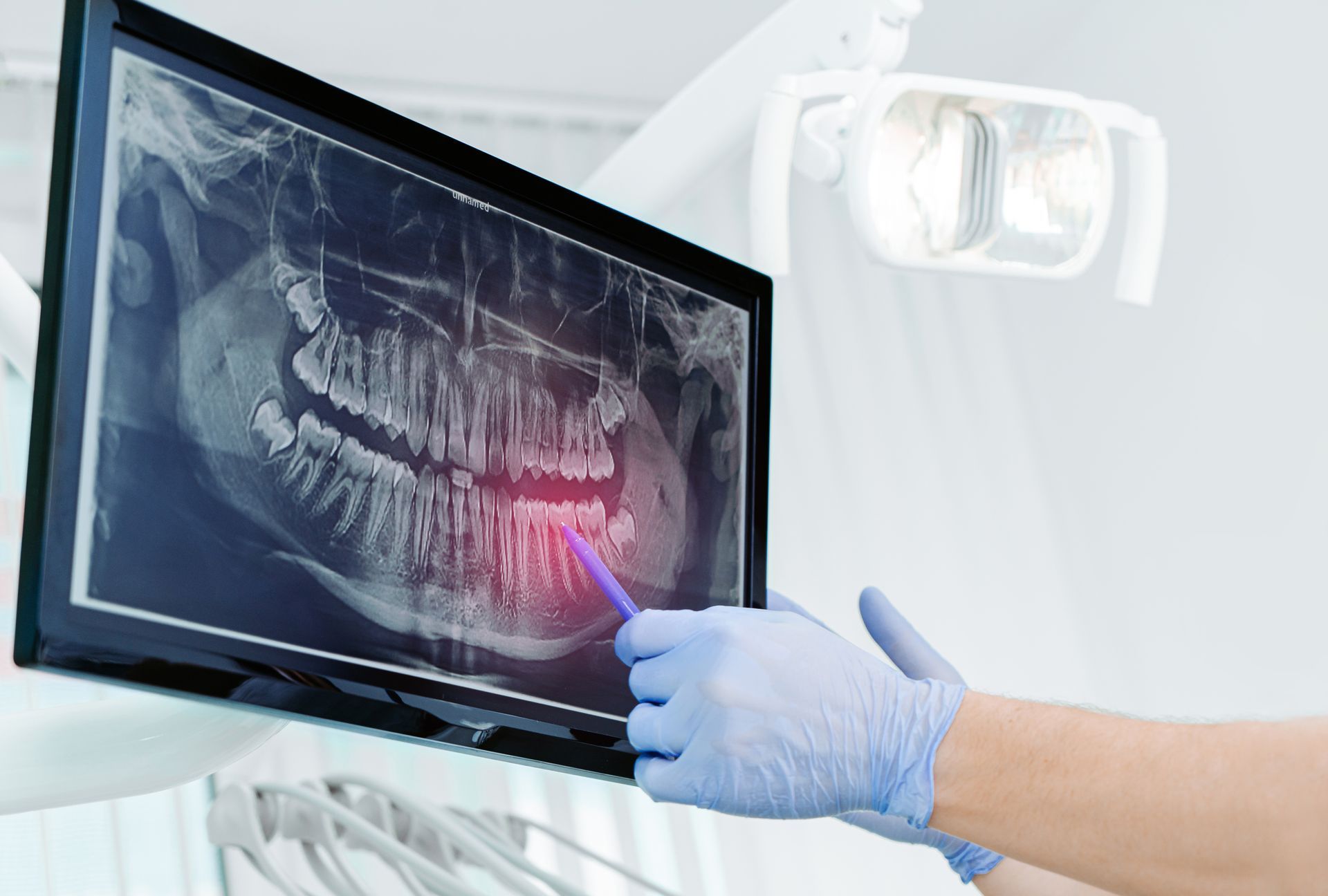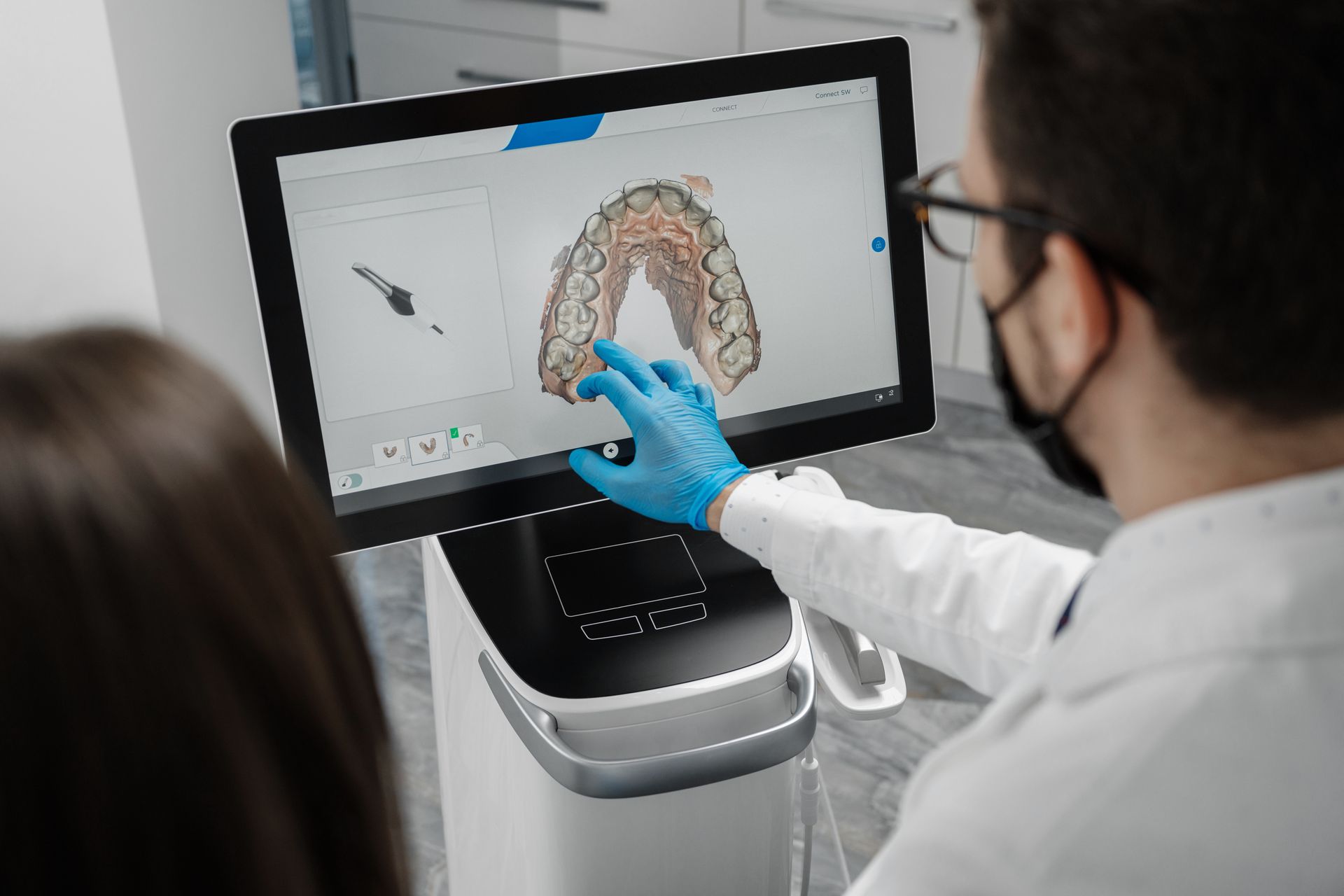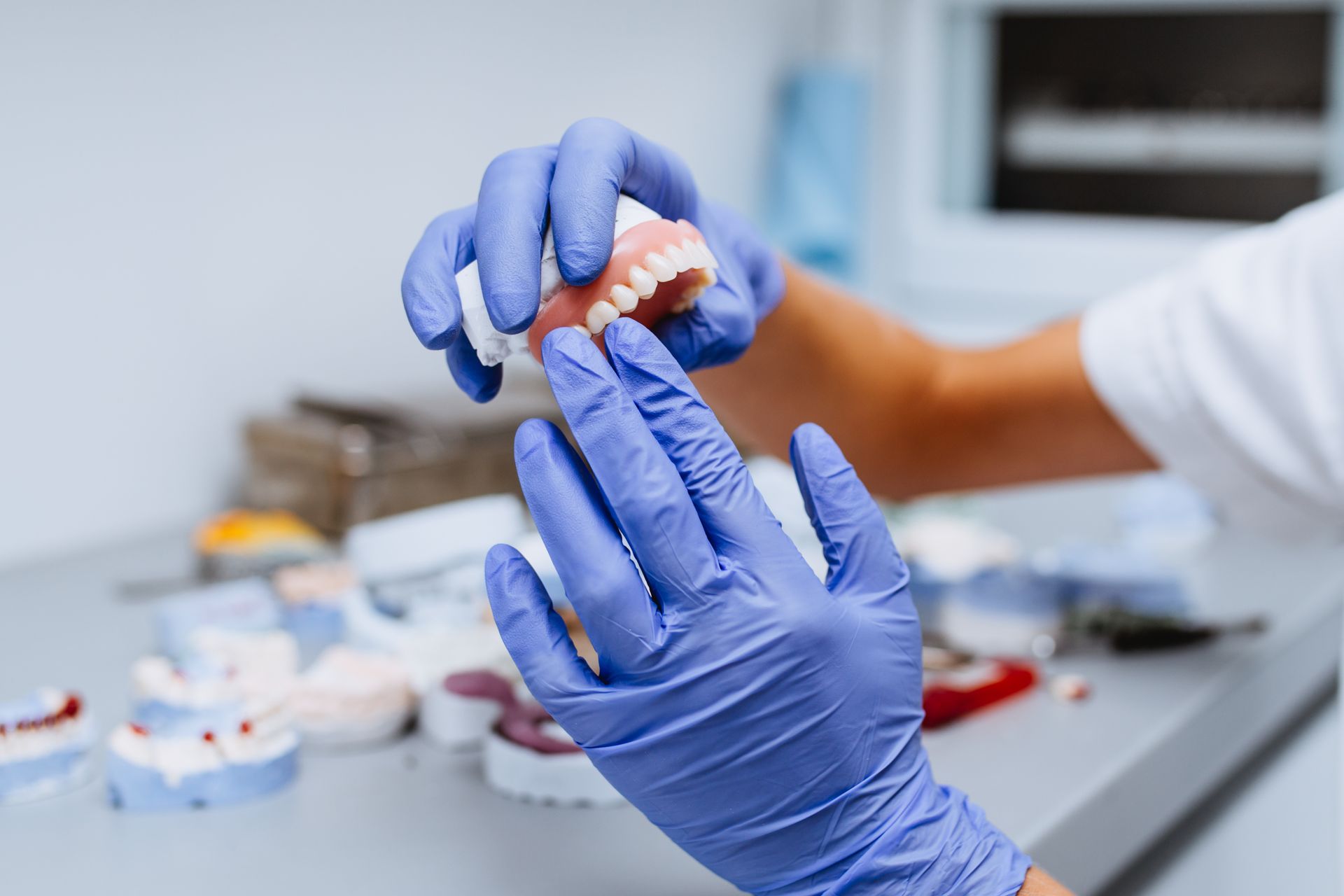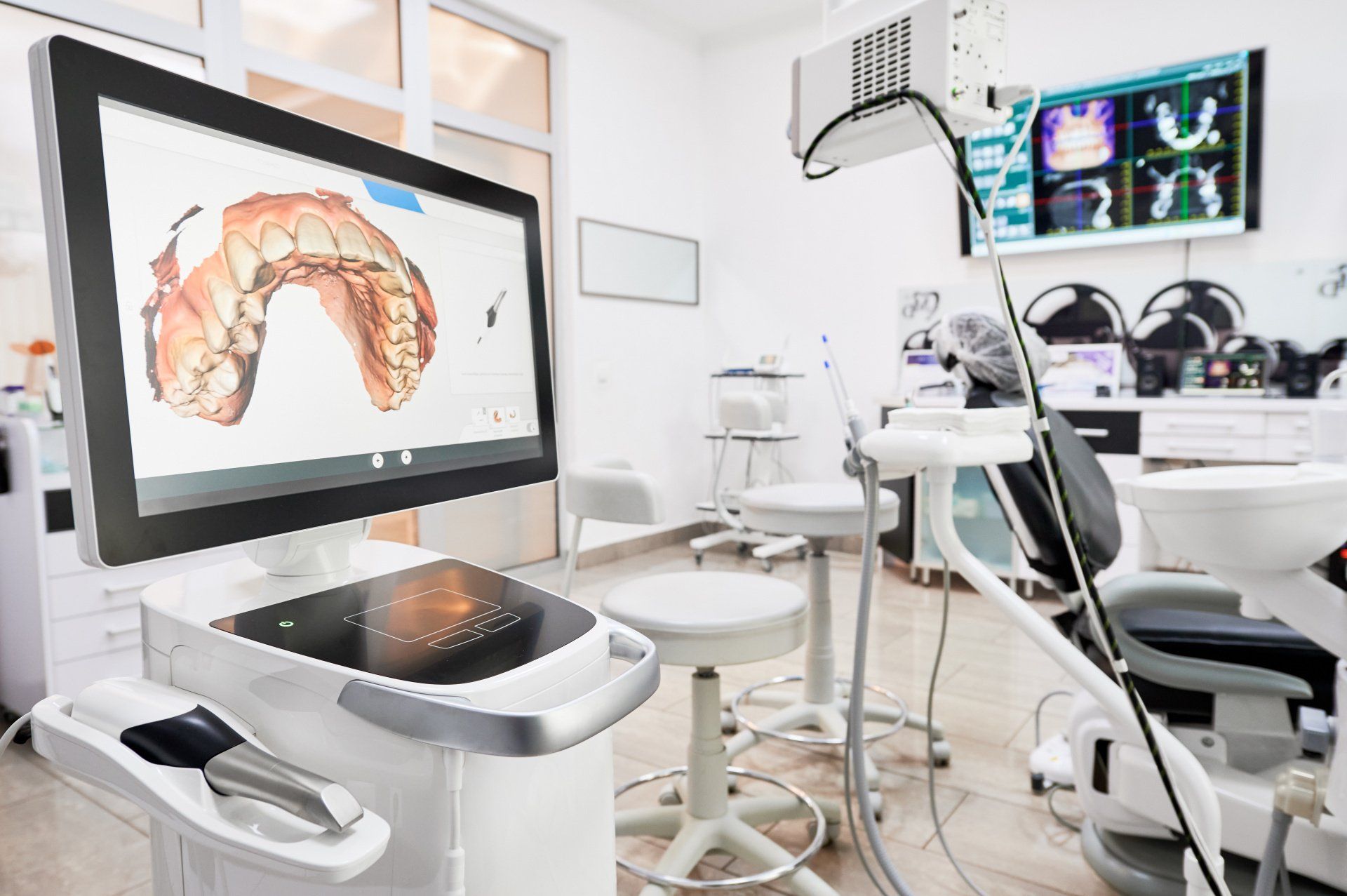How to Bond Zirconia to Avoid Any Future Issues
How To Reliably Bond Zirconia Crowns
Patients today prefer zirconia over metal-based crowns because they have proven to be a more reliable dental prosthetic. Zirconia crowns are made of highly durable material that allows patients the freedom to chew with force and even withstand grinding for quite some time.
Of course, if the zirconia restoration is maintained well, it can last a whole lifetime. If a dentist happens to make a mistake somewhere along the line that might cause a fitting issue, it might not last long at all.
The thing is, this technique is still relatively new to most dentists. It takes training and experience to learn how to implant them into a patient’s mouth properly. Some dentists opt out of performing the technique at all. The problem is that, sometimes, there are fitting issues.
Here is how you can reliably bond zirconia to avoid any future problems with your patient:
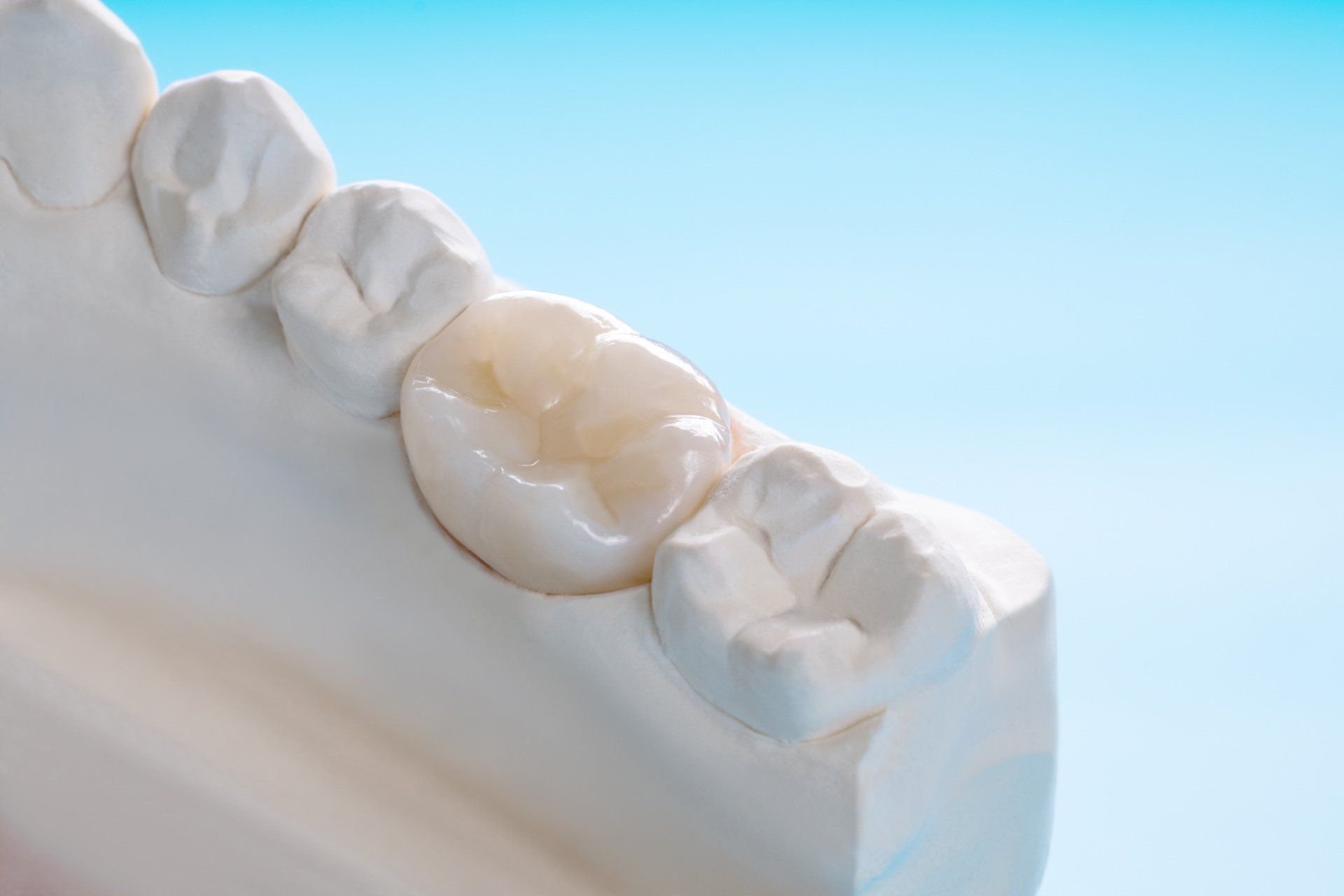
Follow the Manufacturer’s Instructions
First and foremost, if you’re new to this technique, make sure that you follow the instructions from the manufacturer down to a T. Zirconia crowns are an excellent option for patients only if you can bond it correctly and with the proper technique.
Go the Extra Mile to Avoid Return Trips
It’s better to go slow and steady. Take a few extra steps that might be inconvenient but will save you a lot of time and trouble later if the patient comes back with an issue. One thing you can do is lubricate the provisional restorations with Vaseline. Double knot your wrapping floss in the space between the synthetic tooth before temporary cementation to make excess cement removal easier.
How to Ensure the Crown Doesn’t Debond
The typical process of boding goes as follows:
- Clean the tooth with pumice.
- Decontaminate the intaglio of the restoration.
- Prepare the intaglio with some type of adhesive or priming agent to link the cement to the crown. Some brands of cement, like Unicem, don’t require a separate primer because it’s already built-in.
- Cement and tack cure, and then clean up the excess.
However, the most crucial part of this process that often leads to zirconia debonding is step 2, decontaminating the intaglio of the restoration. The zirconia used in dentistry is zirconium oxide. The bonding happens in the oxide part—the functional phosphate groups bond to the zirconia. The problem is that saliva also contains a lot of phosphates.
This means that once the crown is bonded in the patient’s mouth, the boding sites will be occupied by phosphate groups. This must be removed to make the oxide sites ready for bonding.
Reliable Ways to Remove Phosphate Groups
Sodium hypochlorite.
One way to get rid of the phosphate groups from the boding sites is to just wipe the intagli of the crown with gauze that’s been soaked in 5 per cent sodium hypochlorite. What happens is that the sodium hypochlorite breaks down the phosphate groups and prevents them from boding again. You can remove this simply by rinsing water, air drying, bleaching, then bonding.
Ivoclean
Ivoclean is a proprietary solution. It is a super-concentrated zirconia oxide in a liquid suspension. You have to shake it very well before using it. It acts as a magnet that attracts all the phosphate from the crown for easy removal. All you have to do is leave it for 20 seconds before rinsing, and everything is good to go.
The Bottom Line
Zirconia bonding can be a complicated process. The trick to doing this well is by doing it right the first time. Unhappy clients with dental crown issues are not something you want to deal with. So pay close attention to the process and go the extra mile. There’s no reason you or the patient should encounter any future issues.
Vitality Tech LLC is a full-service dental lab servicing dental clients nationwide. We specialize in dental Implants, fixed prosthetics, and high-end removable dentures. If you have any questions about zirconia crowns or our other products, feel free to contact us, and we’ll be happy to answer your questions!

